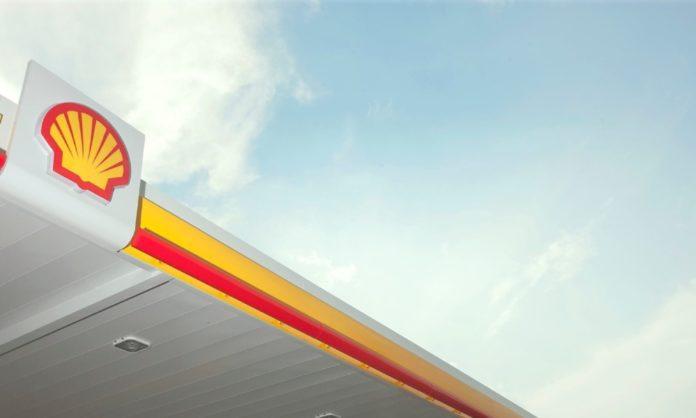In Karachi, Pakistan, on February 16, 2023. According to Shell’s LNG Outlook 2023, Europe’s rising demand for liquefied natural gas (LNG) is expected to boost rivalry with Asia for the limited new supplies available over the next two years and may eventually dominate the LNG trade.
With 121 million tonnes of LNG imported in 2022, up 60% from 2021, European nations, including the UK, were able to survive a drop in Russian pipeline gas supplies as a result of Russia’s invasion of Ukraine. South Asian consumers also cut back on their imports, which enabled European nations to secure enough gas to prevent shortages despite a 15 million tonne decline in China shipments. Europe’s rapidly expanding LNG demand drove prices to all-time highs and caused instability in the energy markets.
With less Russian pipeline gas available, LNG is a crucial pillar of European energy security. Its development is aided by the quick growth of new regasification terminals in north-western Europe. China, on the other hand, is transitioning from being a quickly expanding import market to playing a more flexible position with a greater capacity to balance the global LNG market.
“The war in Ukraine has had far-reaching impacts on energy security around the world and caused structural shifts in the market that are likely to impact the global LNG industry over the long term,” Steve Hill, Shell’s Executive Vice President for Energy Marketing, said.
“It has also underscored the need for a more strategic approach – through longer-term contracts – to secure reliable supply to avoid exposure to price spikes.”
Governments in Europe sought to strengthen energy security and protect their economy from excessive costs, which included giving LNG imports priority and hurriedly creating new import facilities. The decline in Russian pipeline gas flows triggered extraordinary governmental and regulatory involvement.
Due to the high demand for LNG in Europe in 2022, other purchasers were compelled to cut their imports and switch to alternative fuels, increasing emissions. With India utilizing more coal and Pakistan and Bangladesh importing more fuel oil to reduce power supply shortages, South Asia’s LNG imports decreased as a result of high worldwide LNG prices.
In 2022, there were 397 million tonnes of LNG traded globally. According to industry predictions, by 2040, annual LNG demand would be between 650 and over 700 million tonnes. To prevent a supply-demand mismatch that is predicted to materialize by the late 2020s, more funding must be allocated to liquefaction projects.
Its role in the transition to a clean energy economy will be strengthened by a variety of new technologies that cut emissions from the gas and LNG supply chains. Also, the industry is increasingly focusing on the creation and application of decarbonized gases, such as synthetic natural gas, hydrogen, and ammonia, in order to provide future energy security that is more sustainable.











































